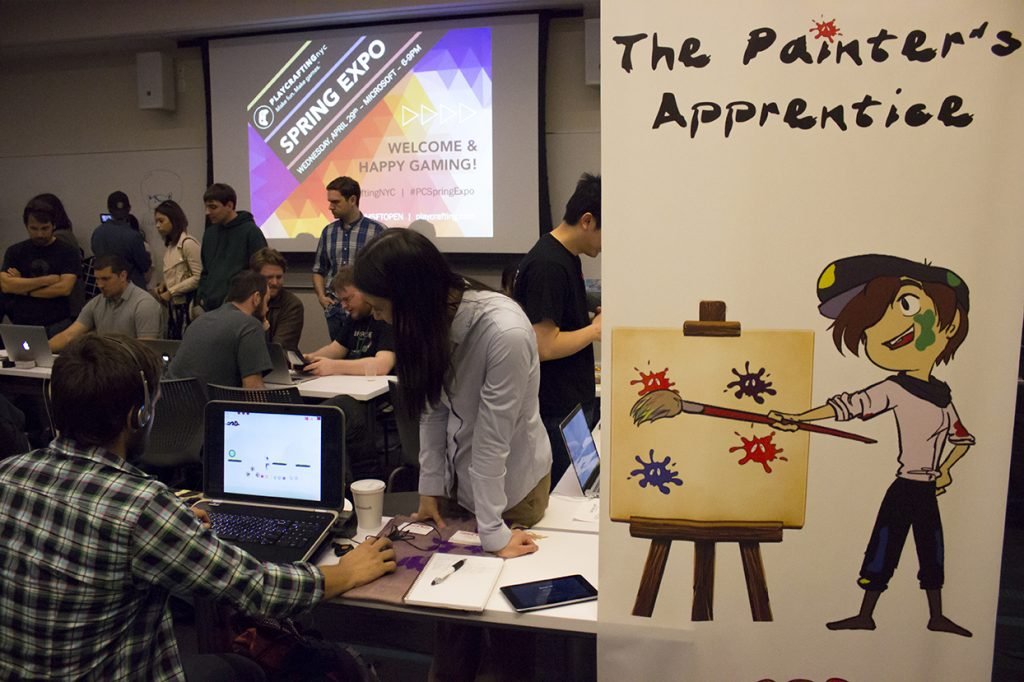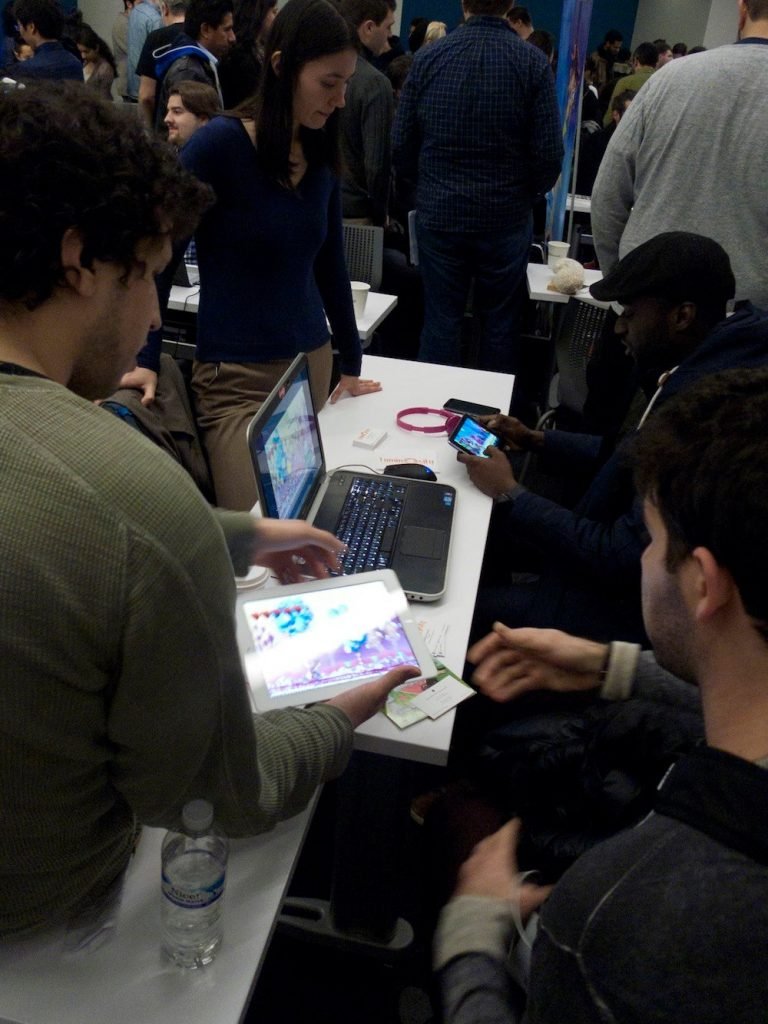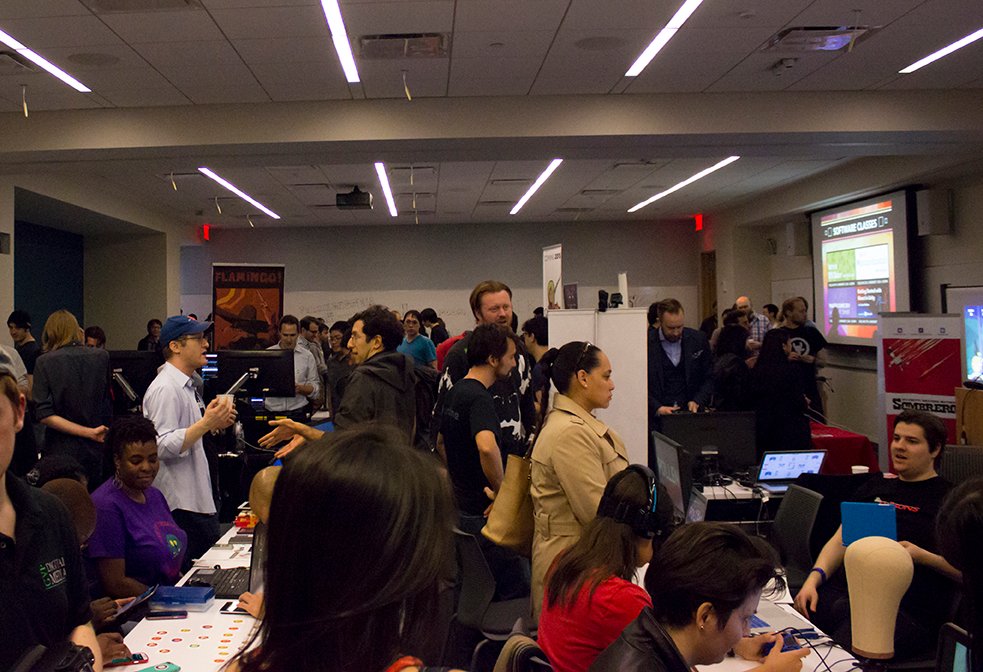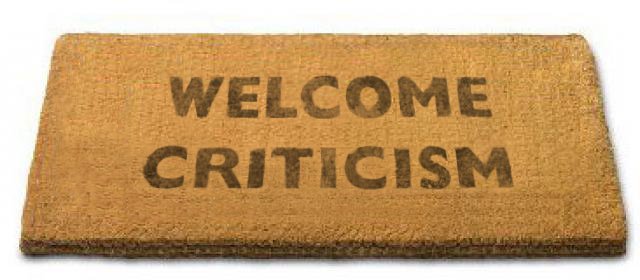You might have noticed we’ve been keeping busy with the convention circuit this year. While going to these events can cost a bit of money upfront, it’s a great way to meet other developers, journalist and, of course, your audience. Showing off your game can be a bit daunting especially if it will be the first time you’re showing it in public. Do you need to have a complete game? What should you bring? These are all questions you might have as a first time convention exhibitor. All of us have to make our start somewhere so here’s a handy guide on how to be a good exhibitor.
Where Should I Start?
If you’re like other small independent developers, you’re likely working on a very limited ($0) budget. If this is the case, many of the big conventions will be off the list as it can cost you well over $5,000 for a booth. While some of these might offer discounts to indie developers the best place to start as a beginner is a local game development community. One of the best sources is IGDA (International Game Development Association). Search for IGDA + your city to see if there is a local chapter in your area. Many of the events require you to be a member, which comes with a nominal fee of $48 USD per year. Not only do you get into exclusive events, you also receive discounts to some conventions! Some IGDA’s also host local expos that showcase local game developers. Check your IGDA’s calendar to see if they offer these kind of events. Not only are they FREE they’re also a great way to get your feet wet. These events are not as large as conventions, but you’ll still get the benefit of live feedback and an audience.
Besides IGDA, you should also check meetup.com for game developer groups. Many of these host demo nights where you can show off your game to a small crowd. Make sure to sign up as soon as the call for developers goes out as slots get filled up very quickly. In general, you have about 10 minutes to talk and show off your gameplay. If you’re not used to speaking in front of a crowd, this is the perfect time to improve this skill. These events are usually fairly small (probably no more than 100 people) and the people in attendance are generally other independent game developers. If you’re not quite ready to stand up in front of some strangers and talk about your game, you should at least go to a couple of these events. You can take note of how others present and get to know the other attendees. After a couple, you’ll start to recognize some familiar faces, which can help ease your nervousness when you do eventually present.
It should go without saying but make sure you’re presentable: clean shirt, jeans, freshly showered, brushed teeth, etc. Appearances do matter and if you look slovenly people will likely think you don’t care about your game. When speaking with people, make sure to give them a quick overview of the game and what makes it unique. Don’t hover around them too much. Be sure to smile and know the answers to common questions like:
- What was this made in?
- How long did it take you to make?
- Is this available for sale?
- What can I play this on (PC, Mobile, etc.)
- Where did the idea come from?
Once you’ve gotten comfortable in the smaller arenas you can check out Gameconfs for a list of game conferences in your area.
What Should I Bring to a Convention?

Besides yourself and a way to play your game the other non-negotiable item you should have on you is your business card. If you don’t have one, you can order some over at vistaprint.com or other printing companies. On your business card make sure you include your website, social media handles, your contact information and the name of your game or company. Of course, if that’s all you bring, you likely won’t attract too many people to your booth so some other items you might want to consider are:
- A banner with your game name, image and company logo
- Swag – posters, postcards with a quick description of your game and links to your site and social media presence, buttons or pins with an easy to recognize image or t-shirts. If you don’t have a lot of money you should stick with postcards or buttons.
- Another person if you can. Not only does this help alleviate a bit of tension, it also gives you the freedom to walk the convention floor and check out other games.
- A notebook and pen. You can use this to take notes at some talks or leave it out on your table so attendees can subscribe to your mailing list. People are more likely to write down their name and email on a piece of paper than type it in on a tablet.
How Finished Do I Need the Game?

At large conventions, people likely will not spend too much time on your game unless your company’s name is Blizzard, Ubisoft, Bethesda or…well you get the idea. Even at smaller events, attendees are unlikely to spend longer than 5 minutes playing your game. What does this mean for you? It means you don’t need to have your game completely finished before showing it off at these conventions. Of course, you need to make sure the parts you do have playable are polished and show off all of the key gameplay elements. Make sure to have your demo build completed at least a week or two before the convention so you have time to test for bugs and optimization.
People Don’t Like My Game!
There are always going to people who simply don’t like the genre of your game and for them there isn’t much you can do. However, if you notice players getting frustrated with the gameplay or a lot of them making the same errors, it might just be your game. Many players don’t have a problem telling you what’s wrong with your game, but often they don’t exactly know what’s wrong. It’s a good idea to gather some information from these people. If they say your game isn’t fun, probe them a bit to ask them what they didn’t find fun. Were the levels repetitive? Was the UI too confusing? Was it too hard? You can often gather a lot of this information simply watching people unfamiliar with your game play it. When I did a live demo of Once Upon a Runner I noticed a lot of people had problems identifying the pits. So I extended the size of the pits to the bottom of the screen to make it more obvious. Often players don’t necessarily know the exact issue, but they know something is wrong or missing. It’s up to you to listen to what they say AND watch them play to pinpoint the problem areas. You can easily find ways to optimize the user experience by simply paying attention.
Remember: Always thank players for their feedback. They’re giving you valuable information on how you can make your game better.
Wrap Up
Conventions are one of the best ways to spread the word about your game to a wider audience. While you can end up spending a lot of money to exhibit, there are other ways you can go to these events without spending a ton of money. If you’ve sharpened your public speaking skills you can sign up as a speaker and score free tickets. Or you can go as a guest and simply talk to other developers and find some press who might be interested in talking to you. The most important thing is to get your game out in front of other people.


